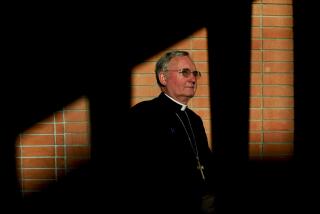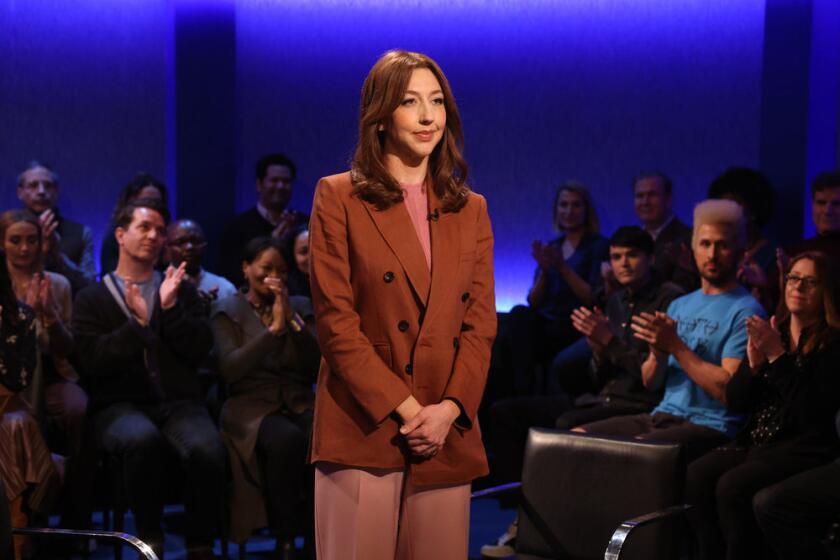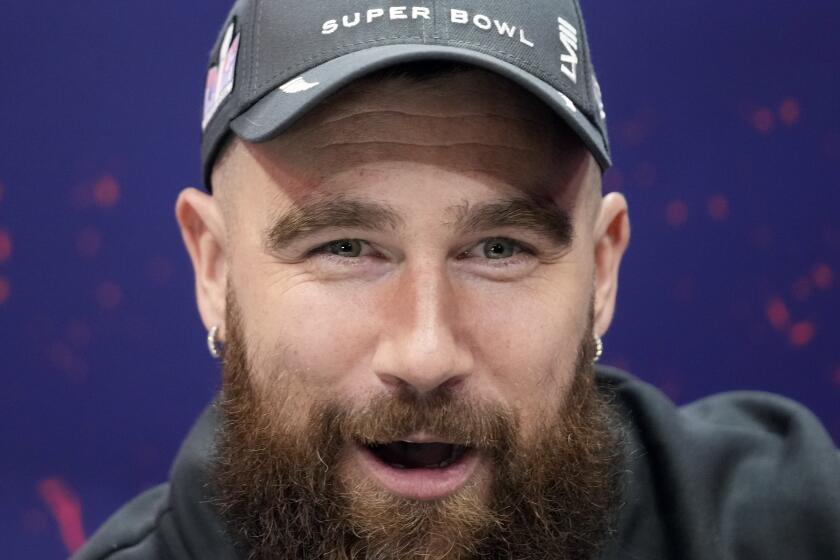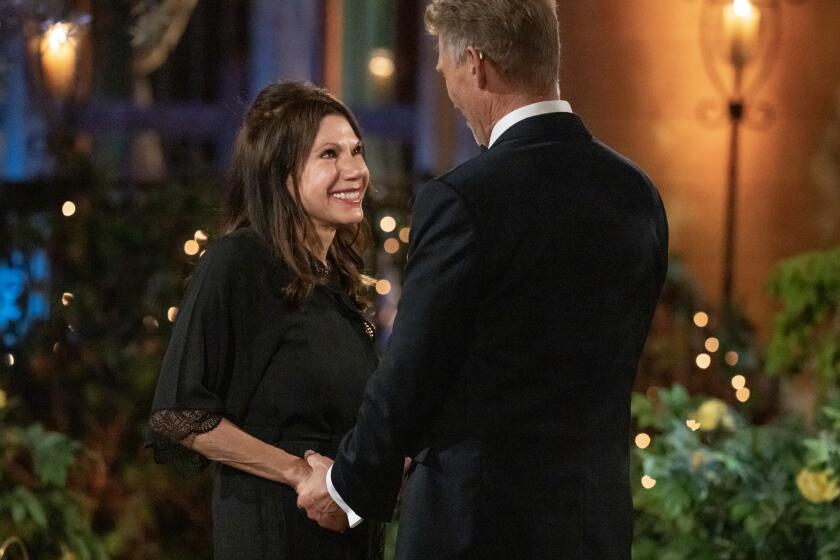Review: ‘Mea Maxima Culpa’ looks at Catholic Church’s abuse cover-up
As horrifying as it is to note, the timing of the HBO documentary “Mea Maxima Culpa: Silence in the House of God,” which premieres Monday night, could not have been better if divine intervention were involved.
Last week, the Catholic Archdiocese of Los Angeles released documents chronicling how Cardinal Roger M. Mahony and other church officials managed to thwart investigations into the sexual abuse of hundreds of local children to protect the accused priests.
To which this film by Oscar winner Alex Gibney essentially says, “If you think that’s bad, watch this.”
VIDEO: Upcoming TV shows timeline
In “Mea Maxima Culpa,” Gibney documents a decades-old effort to protect and in some instances seemingly aid sexually predatory priests, a conspiracy that the film argues, snakes through every level of the Roman Catholic hierarchy including the current and past popes.
The film, which debuted briefly in theaters last year and is nominated for a Writers Guild of America award, is not perfect. Eagerly attempting to explore every avenue of the scandal, the story wobbles at times under the weight of its own ambitions, making U-turns in chronology and using some of the more regrettable techniques of the modern doc, including an overly manipulative soundtrack and unnecessarily creepified reenactments.
But by meticulously stitching together timelines, documents and interviews with a wide variety of sources, Gibney effectively depicts a history of widespread corruption. Recent revelations, which chillingly mirror those of the film, make “Mea Maxima Culpa” that much more devastating and important.
The narrative is framed by the first known case of a priest being publicly accused of molestation — Father Lawrence Murphy of Milwaukee’s St. John’s School for the Deaf. There, we learn through the signed testimonials of four former pupils — Terry Kouhut, Gary Smith, Pat Kuehn and Arthur Budzinski — the boyish and beloved priest systematically raped and abused more than 200 pupils during his unstoppable 24-year tenure.
The molestation of any child is untenable, but that these children were deaf makes physical some of the issues of silence that allowed this abuse to occur in so many other places to so many other children. St. John’s students worshiped Murphy in no small part because he was adept at American Sign Language. Many students came from nonsigning families, so Murphy was one of the few adults in the world they could communicate with freely. Which he used to cruel and perverse advantage.
FULL COVERAGE: Television reviews
When the boys became men, a handful did everything in their power to have Murphy arrested and defrocked. Given voice here by actors including Chris Cooper, Ethan Hawke and John Slattery, the men took to distributing copies of Murphy’s photo, calling on the community to protect children from him. They went to the police, to the district attorney, to their archbishop, to Rome; complaints against Murphy had been made as early as 1960.
Investigations were held, most in a desultory way, and because Murphy denied all accusations and no current evidence of abuse could be found, the men were told that the statute of limitations had run out. Murphy was eventually removed from St. John’s for “health reasons,” but though he had made detailed confessions of abuse to therapists provided by the church, he remained a free man, and a priest, until his death in 1998.
Using the Murphy case as a scaffold, the film attempts to follow the inner workings of what would eventually become an international scandal. Interviewing church psychologists, nonpredatory priests and former priests, Vatican scholars and journalists, Gibney’s film describes a system in which a near-deification of the ordained creates, as one church psychologist put it, “a perversion of power.”
Although none went to the police, some priests attempted, over the years, to take action. As instructed by canon law, they informed their superiors, including the Vatican, but most of the predators were either left where they were or simply sent “on retreat” before being circulated to other, often poorer, parishes.
When in 2002, scandal erupted in Boston, resulting in the arrest of priests, the payout of millions of dollars in restitution and the ouster of Cardinal Bernard Law (who, as the film points out, was “punished” by being given a lavish stipend and a high-profile position in Italy), the Vatican attempted to distance itself from the problem, first characterizing the abuse as “an American problem.” But similar abuse was soon revealed in churches all over the world, particularly in Ireland, where one notorious predator had been known to the local archdiocese and the Vatican for more than 20 years. He was defrocked only after the demands of angry parents resulted in the priest’s arrest.
Gibney takes great pains to point out that every sex abuse case, including Murphy’s, went directly to the office of then-Cardinal Joseph Ratzinger, head of the Congregation for the Doctrine of the Faith from 1981 until 2005 and now Pope Benedict XVI. Yet year after year, known pedophiles such as Murphy were allowed to remain free and to remain priests, often in parishes where they had access to children. It was only after Kouhut and other victims filed a civil suit against the Vatican, that the church was forced to release documents making it clear that in many cases officials knew about the abuse and refused to act.
The message of “Mea Maxima Culpa” is clear: No member of the hierarchy of the Catholic Church is innocent in this almost unbelievably ubiquitous wave of abuse, and certainly not the man who sits in his cloak of infallibility at its head.
But it took the courage of a few literally voiceless men to finally say so.
-----------------------------------------
‘Mea Maxima Culpa: Silence in the House of God’
Where: HBO
When: 9 p.m. Monday
Rating: TV-14 (may be unsuitable for children under the age of 14)
PHOTOS, VIDEOS & MORE:
GRAPHIC: Faces to watch in 2013
VIDEO: Winter TV preview
PHOTOS: Best TV of 2012
More to Read
The complete guide to home viewing
Get Screen Gab for everything about the TV shows and streaming movies everyone’s talking about.
You may occasionally receive promotional content from the Los Angeles Times.







